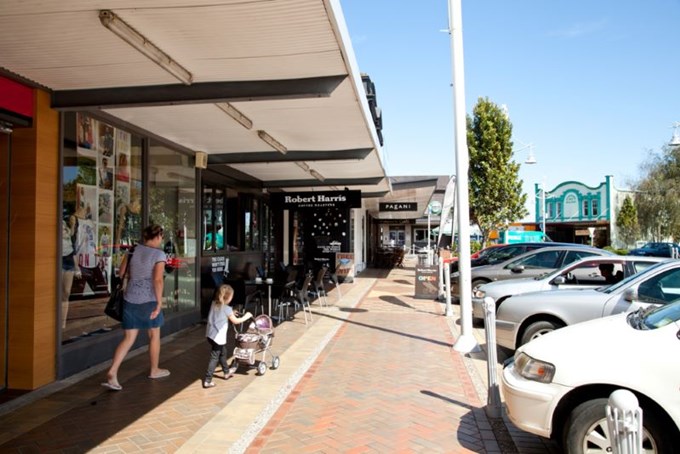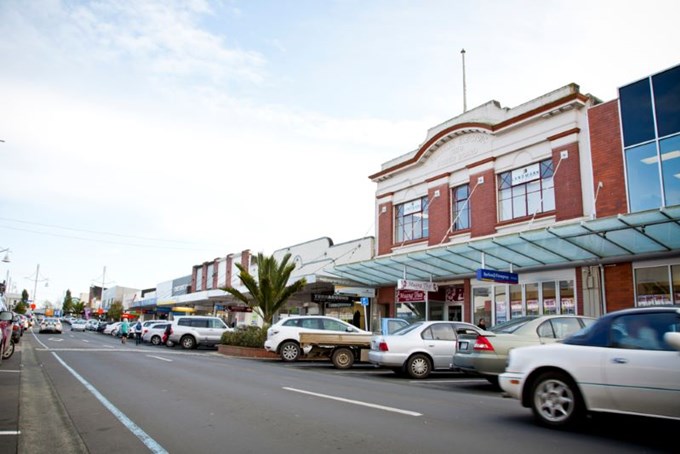Developing towns are in a race for young people.
Australian urban designer and Complete Streets director Steven Burgess, speaking to local boards at the invitation of Auckland Council development arm Panuku, says the young drive change.
“About two-thirds of 18-25-year-olds don’t drive, so they want good transport links and ease of access to bars, restaurants and retail, but especially to trains and buses – and if their only housing choice is a detached home, they won’t come.”
Burgess says young people bring an entrepreneurial approach to life and the way they live it.
“We have seen it all over the world. Young people are attracted to an area, usually because it’s run down and cheap, and they transform it with new business because they live above the shops, in apartments and flats.”
He told the Franklin Local Board and business representatives that Pukekohe had a head start over many areas.
“Your town is not broken, but debates about renewals almost always degenerate into arguments about parking. Lots of free car-parking is bad for business because shoppers drive from one shop to another. When you get them to walk, all the other businesses they pass get a chance to attract the consumer dollar.”
He says some of the space taken up by parking should become public space for activities, the natural environment and open space.
“But we remain wedded to cars and still build subdivisions reliant on them. It should be about shape – creating towns with lots going on that are easy to reach on public transport and foot.”
Burgess says it’s simpler than people think. “We say ‘yes, but’, when it’s really just a case of cars don’t spend money, people do. Movement costs, and cars cost the most. Infrastructure for walking, buses and bikes is cheap.”
He calls it the stick, stop, stay and spend approach. “Good design is low car use, active and walkable, with low movement but high exchange - which is to say people don’t do lots of driving but instead have chances to spend, usually because they are walking through retail areas.”
“Bad design features sprawl, large areas of land covered in tarmac, and high value on traffic but low on people.”
Burgess says it’s just a decision. “People or machines?”
He challenged officials to test his position by asking people which streets they preferred, those with trees, water features, seating, performance spaces and people, or those dominated by parking.
“Ask people to design a street and no one goes for lots of cars parked everywhere.”
Franklin Local Board member Alan Cole says the ideas outlined were challenging.
“It’s always going to be about striking a balance and making sure people’s needs are met. You can’t do away with all parking because what happens when older people with walkers or young families with buggies want to access the town?
“The Unlock Pukekohe project has a long way to go and it’s important everyone involved approaches it with an open mind and hears as many ideas as possible because no decisions have even been made.“And that’s true of the local community too. People will have plenty of opportunities to tell us how their town should develop.”
Pukekohe Business Association manager Kendyl Sullivan says the seminar was inspiring. “It was informative and did challenge our ideas around what makes town centres attractive for people to visit and spend money.
“We certainly agree that towns need to be accessible, attractive and pedestrian friendly. How that is achieved will need to balance the requirements of many users with different needs, but it is certainly something to work towards.”



